How To Extend The Battery Life Of Your Laptop
In today’s fast-paced world, laptops have become an indispensable tool for most people. From students to professionals, everyone relies on these devices for their day-to-day work. However, the major drawback of using a laptop is its battery life. As we all know, batteries tend to drain quickly and need frequent recharging. This can be frustrating at times when you are in the middle of an important task or traveling without access to power outlets.
As a laptop battery expert, I understand how crucial it is to extend your device’s battery life. By doing so, not only will you save yourself from unnecessary stress but also ensure that your work gets done efficiently.
In this article, I will share some tips and tricks that can help you prolong your laptop’s battery life. These techniques are easy to implement and require minimal effort on your part, giving you greater control over your device’s performance while saving energy consumption.
Understanding Battery Drain
It’s a beautiful thing, isn’t it? The freedom that comes with being able to work on your laptop anywhere and anytime is something we all cherish.
But what good are those liberties if you’re worried about running out of battery life in the middle of an important project? Unfortunately, many people don’t realize how much power-hungry software can drain their laptop batteries quickly.
In order to maintain battery health and extend its lifespan, it’s imperative to have a thorough understanding of what causes battery drain. Power hungry software such as video editing tools or games use up more energy than simpler applications like word processors or internet browsers.
Battery calibration techniques can help reduce this strain on your system by ensuring your computer recognizes when the battery is fully charged, thereby preventing overcharging which may eventually damage the battery’s durability. So for anyone looking to prolong their laptop’s longevity – be sure to pay attention to these key details.
Next up: adjusting screen brightness.
Adjusting Screen Brightness
Now that we have a better understanding of battery drain, let’s move on to the next step in extending your laptop’s battery life: adjusting screen brightness.
One of the most significant factors affecting power consumption is your display’s brightness level. Higher levels of brightness will consume more energy and significantly reduce your battery life. The effects of brightness extend well beyond just draining your battery; it can also cause eye strain, which can lead to headaches and other discomforts.
It is always best practice to adjust your display settings according to ambient lighting conditions or personal preference. By lowering the brightness when you don’t need it, not only do you save power but also protect yourself from eyestrain-related problems. In summary, managing display brightness plays an essential role in prolonging your laptop’s battery life while also reducing potential negative impacts such as eye fatigue and headaches due to prolonged use at high brightness levels.
Now that you understand how adjusting your screen brightness positively affects both power consumption and health concerns, there are still many ways to optimize overall performance further.
One way is by managing background applications actively running on our laptops simultaneously with active programs like web browsers, games, streaming software among others all competing for system resources leading to higher power consumption rates than necessary. The next section will address some practical tips for managing background applications effectively without compromising functionality or productivity so that you can get the most out of every charge cycle.
Managing Background Applications
According to a recent study, background applications can consume up to 60% of your laptop’s battery life. This is a staggering statistic that should urge you to take action in managing the applications running on your device.
Disabling unnecessary applications not only prolongs the battery life but also optimizes the performance of your laptop.
Adjusting priority levels for different programs is another way to manage background application usage. Some applications run more frequently and are essential for system processes while others may be used less often or not at all. By monitoring usage patterns, users can identify which applications need higher priority and those that do not require as much attention. Adjusting these priorities will help reduce energy consumption by limiting the amount of CPU resources allocated to each program.
To further extend the lifespan of your laptop’s battery, it is important to monitor its usage regularly. Keeping track of how long certain activities drain power from your device allows you to adjust settings accordingly and prevent unnecessary waste of energy.
In addition, disabling unused features like Bluetooth and Wi-Fi when they are not required conserves battery life significantly. The next section will discuss in detail how you can effectively turn off these features without compromising functionality.
Turning Off Wi-Fi And Bluetooth
To further extend the battery life of your laptop, it is advisable to turn off Wi-Fi and Bluetooth when not in use. Disabling these features can save you considerable amounts of energy since they consume a significant amount of power even if you are not actively using them.
To disable Wi-Fi on your laptop, navigate to settings, select network & internet, click on Wi-Fi then toggle off the switch button. Similarly, to turn off Bluetooth, go to settings, select devices then Bluetooth and other devices; from there, switch off the toggle button.
Apart from disabling Wi-Fi and Bluetooth, another way to conserve battery power is by turning off notifications that pop up on your screen regularly. These notifications can be distracting as well as consuming energy unnecessarily. Disabling sound effects or vibrations accompanying these alerts will also help minimize disruptions while saving some juice for more important tasks.
Additionally, connecting your laptop with an Ethernet cable rather than relying solely on wireless connections helps reduce power consumption by eliminating the need for continuous scanning for available networks.
To summarize so far: Turning off Wi-Fi and Bluetooth along with disabling notifications and using Ethernet connection enhances laptop battery life longevity considerably.
One final tip we suggest implementing is enabling airplane mode when working offline or in areas without any wireless signals interference such as traveling long distances via car or train tunnels. In doing so, you’ll ensure minimum usage of precious resources by cutting all unnecessary background processes running in the background at once – this includes both data transmission activities (downloads/uploads) AND system updates/ maintenance checks.
Using Battery Saver Mode
Turning off Wi-Fi and Bluetooth can certainly help extend your laptop’s battery life, but there are additional measures you can take to maximize performance and balance power usage. Customizing settings is an essential aspect of maintaining a long-lasting battery.
One way to do this is by utilizing your operating system’s built-in battery saver mode. This feature adjusts various settings such as screen brightness, CPU speed, and background updates, all of which consume significant amounts of energy. By activating the battery saver mode, you will be able to prolong your laptop’s battery life significantly.
Additionally, most modern laptops have customizable power plans that allow users to personalize their settings further. For instance, one could lower the display resolution or turn off animations for more efficient use.
As important as it is to customize settings on your computer, updating your operating system also plays a crucial role in extending its lifespan. Operating systems receive regular updates from manufacturers that often include bug fixes and optimizations aimed at improving overall efficiency while reducing power consumption. Keeping up-to-date with these updates allows for optimal performance levels while using less energy than before.
Next up: learn how upgrading your OS can be beneficial for preserving your laptop’s battery health.
Updating Your Operating System
One of the most important things you can do to extend the battery life of your laptop is to ensure that your operating system (OS) is up-to-date.
There are several benefits to updating your OS, including improved performance and security features, but perhaps most importantly for our purposes here, updates often include power-saving enhancements.
These optimizations may not seem like much individually, but they add up over time and can significantly increase the overall runtime of your device.
Of course, there are potential risks involved with any software update, such as compatibility issues or unintended bugs.
However, these risks are typically low when it comes to routine OS updates from reputable companies like Microsoft or Apple.
To check if an update is available for your laptop’s OS, simply go into the settings menu and look for a ‘Check for Updates’ option.
If one is available, make sure you have a backup of all important files before proceeding with the installation process.
Once complete, you should notice improvements in both performance and battery life right away.
Now that we’ve covered how essential it is to keep your OS updated let’s move on to our next step: optimizing power settings.
By making some minor adjustments within your computer’s control panel or settings app, you can prolong its battery life even further without sacrificing too much functionality or usability – so stay tuned.
Optimizing Power Settings
One of the most effective ways to extend your laptop battery life is by optimizing its power settings. By implementing specific power management techniques, you can conserve energy and save valuable battery life. Here are some battery conservation methods that can help:
- Adjusting screen brightness: Reducing the brightness level on your laptop’s display can significantly improve battery life. Consider decreasing it when working indoors or in dimly lit environments.
- Customizing sleep settings: Setting your computer to ‘sleep’ mode after a short period of inactivity will help reduce power consumption. You can customize this setting according to your preferences – for example, choosing how long it takes before the system enters sleep mode.
Energy saving strategies like these require minimal effort but yield significant results over time. Implementing them regularly not only helps prolong your device’s lifespan but also reduces electricity usage and saves money on utility bills.
In addition to optimizing power settings, another simple yet effective method for extending laptop battery life involves removing unnecessary peripherals from the device. The more devices you plug into your laptop, the more power it consumes, draining precious battery life faster than needed. To avoid this issue altogether, try unplugging any unused USB drives or other accessories while using your computer.
By doing so, you’ll be able to free up additional resources that would otherwise go towards powering peripheral hardware components rather than maintaining essential functions such as processing data and running software applications. With fewer devices connected to your laptop at once, you’ll enjoy longer periods of uninterrupted use without having to worry about running out of juice before completing important tasks or projects.
Removing Unnecessary Peripherals
Optimizing power settings on your laptop is a great way to conserve battery life, but it’s not the only step you can take. Another effective strategy is removing unnecessary peripherals. Unplugging external devices that aren’t in use reduces clutter and frees up resources that would otherwise be spent powering them. This includes USB drives, printers, and even wireless mice or keyboards when they’re not needed. Not only does this save energy, but it also reduces wear and tear on both the peripheral devices themselves and your laptop’s ports.
Additionally, avoiding overcharging your laptop’s battery can help extend its lifespan. Most modern laptops are designed to stop charging once the battery reaches 100%, so leaving it plugged in all the time won’t necessarily harm the battery itself. However, consistently keeping your laptop at full charge can cause damage over time. It’s best to unplug your laptop once it’s fully charged and let it discharge naturally before plugging it back in again. By following these simple steps of unplugging peripherals and avoiding overcharging, you’ll be able to get more out of each charge cycle for years to come.
| Peripheral Device | Power Consumption (Watts) |
|---|---|
| USB Drive | 0.5-2 |
| Printer | 1-4 |
| Wireless Mouse/Keyboard Receiver | 0.01-0.05 |
As shown in the table above, even seemingly small peripheral devices like USB drives consume significant amounts of power relative to their size. Removing these devices when they’re not being used may seem like an insignificant change, but cumulatively they can make a big difference in extending your laptop’s battery life. Additionally, investing in a portable charger allows you to recharge your laptop while on-the-go without needing access to a wall outlet or other power source – giving you even greater control over how long you can stay connected wherever you go.
Investing In A Portable Charger
When considering investing in a portable charger, it is important to understand what types of portable chargers are available and the cost associated with them.
With the increasing demand for longer battery life, the range of portable chargers that are available on the market has grown significantly.
Types Of Portable Chargers
As laptop battery experts, we understand the frustration of having your device run out of juice when you need it most. That’s why investing in a portable charger is crucial for anyone who relies on their laptop to get work done.
When it comes to selecting the right type of portable charger, consider the benefits of solar chargers. These types of chargers are not only environmentally friendly, but they also allow you to charge your laptop using renewable energy sources while on-the-go.
Additionally, choosing the right power bank capacity is essential. A higher capacity ensures that you can charge your laptop multiple times before needing to recharge the power bank itself.
By understanding these factors and making an informed decision, you can have more control over how long your laptop lasts without being tethered to an outlet or running out of battery mid-task.
Cost Of Portable Chargers
As laptop battery experts, we understand the importance of investing in a portable charger to ensure your device remains powered when you need it most.
However, one crucial factor that needs consideration is the cost of the charger itself. While affordability may seem like an attractive option, cheaper models may not be compatible with your specific laptop model or have lower capacities for charging multiple times.
Therefore, finding affordable options that are also high quality and compatible with your device should be a priority. By doing so, you can take control of how much you spend on a portable charger while ensuring its effectiveness in keeping your laptop running without any compatibility concerns lingering in mind.
Developing Good Usage Habits
As a laptop battery expert, I can confidently say that developing good usage habits is key to extending the life of your laptop’s battery.
One important factor to consider is charging frequency. It may be tempting to charge your laptop every chance you get, but doing so can actually shorten the lifespan of your battery. Instead, aim to keep your laptop charged between 20% and 80%. This will help prevent overcharging and deep discharging, both of which can damage the battery.
Another effective strategy for conserving power and prolonging battery life is by implementing power-saving strategies. Adjusting screen brightness, turning off unused programs and features such as Wi-Fi or Bluetooth connections when not required can significantly reduce energy consumption.
Furthermore, setting automatic sleep or hibernation modes when inactive during periods like lunch breaks or meetings also helps save on power while keeping work accessible upon return from these intervals.
Lastly, it’s essential to understand that all batteries degrade with time and use; hence even after following all these tips correctly, there comes a point where replacing the old one becomes inevitable. The average lifespan for most lithium-ion batteries in laptops ranges from two to four years before noticeable declines in performance levels become evident. Therefore if observing shorter than usual battery run times despite adopting optimal practices mentioned above, then perhaps considering getting a replacement would be prudent rather than futile efforts towards maintenance measures alone.
Also read: How to Keep Your Laptop Cool
Conclusion – How To Extend The Battery Life Of Your Laptop
As a laptop battery expert, it is essential to understand that the amount of time your device lasts between charges depends on several factors. These include screen brightness, background applications, peripherals connected, and power settings. To extend your laptop’s battery life, you need to adjust these features accordingly.
Firstly, managing apps running in the background can help reduce power consumption. You can also turn off Wi-Fi and Bluetooth when not in use since they are notorious for draining battery life.
Secondly, adjusting screen brightness reduces power usage significantly. Using the Battery Saver Mode or optimizing your system’s power settings will also prolong the lifespan of your computer before its next recharge.
Removing unnecessary peripherals such as printers or external hard drives that consume significant amounts of energy helps too. Investing in portable chargers can be a lifesaver if you need to work remotely without access to electrical outlets for an extended period.
Finally, developing good usage habits like shutting down instead of sleeping mode when not using your laptop ensures optimal performance while extending its lifespan. By following these simple steps and making conscious adjustments to how you use your device, you can maximize your laptop’s battery life expectancy and save yourself from frequent recharges or replacements.

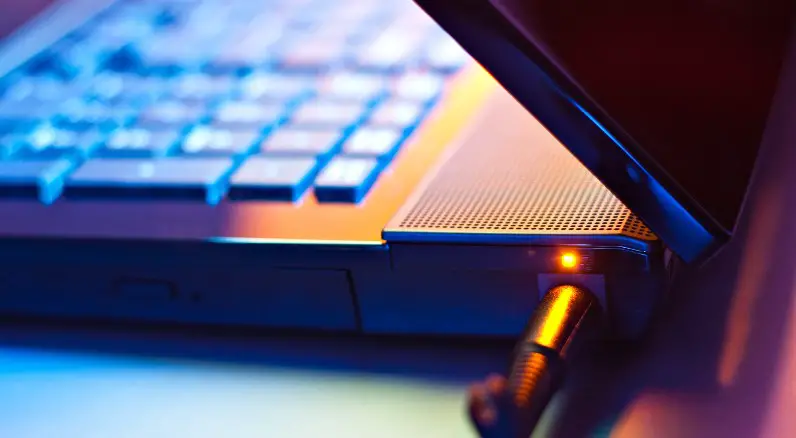

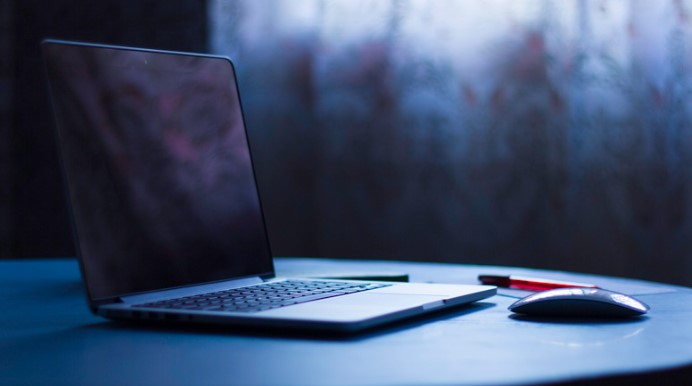

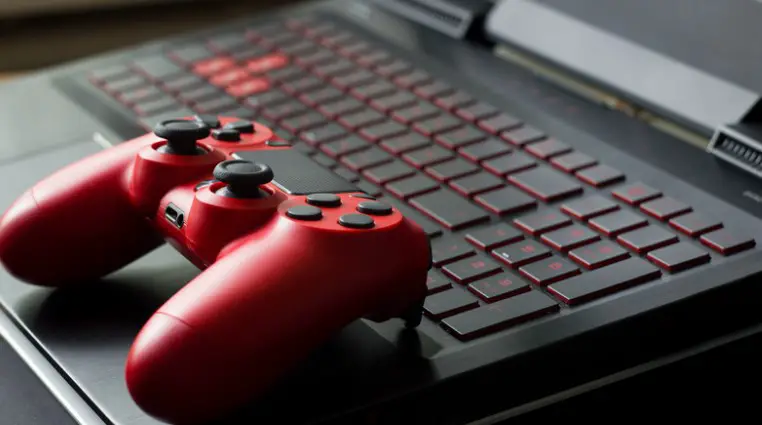
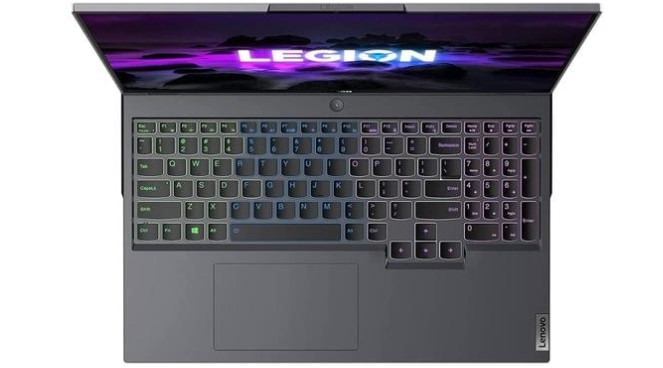
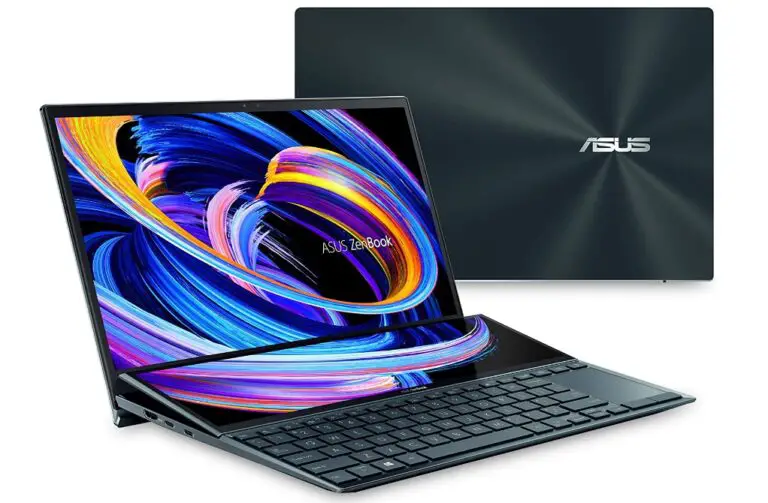
One Comment